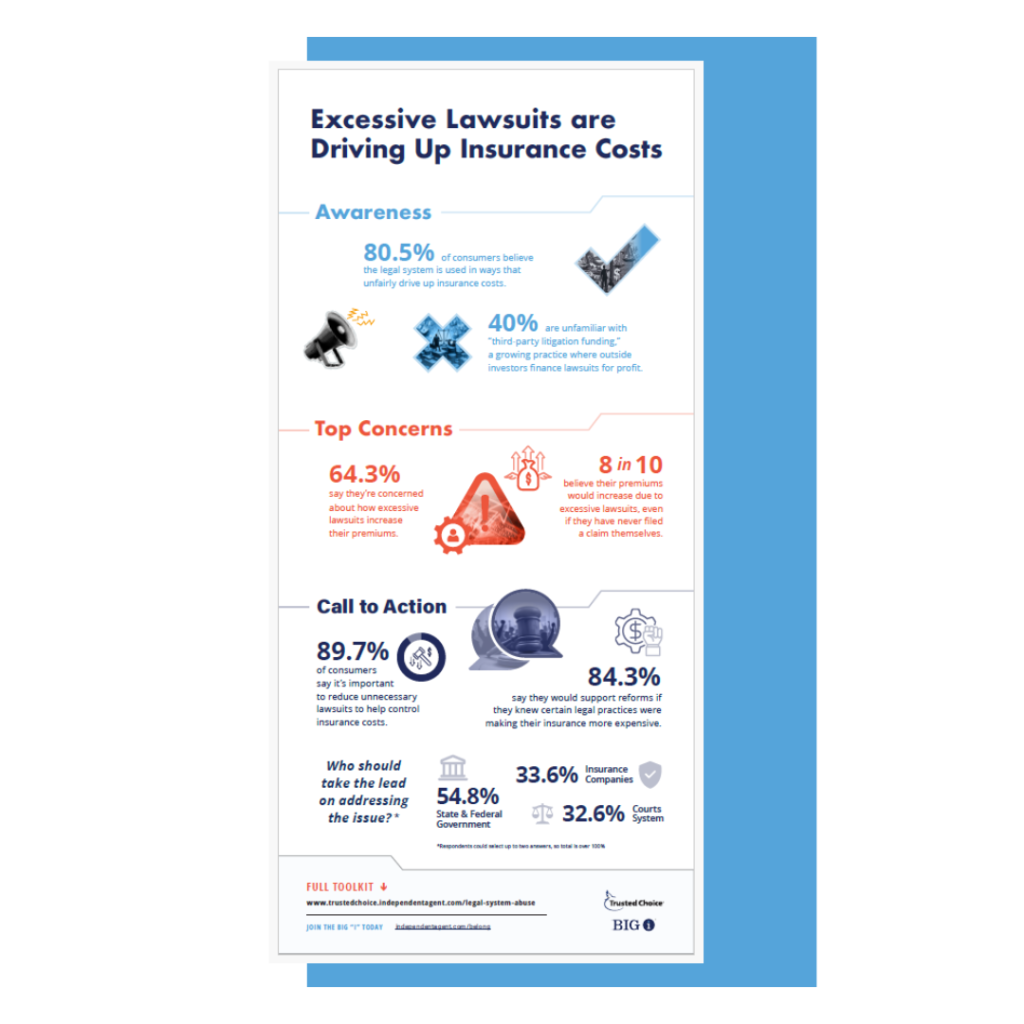E&O Loss Prevention Primer
With the series of disasters the past few years, from Western mudslides and wildfire toGulf Coast hurricanes to flooding in New England, we have seen an unprecedented increase in the opportunity for potentially catastrophic E&O claims against agencies by insureds with inadequate coverage. Every now and then, it helps to get back to the basics.
Author: Judi Newman With the series of disasters the past few years, from Western mudslides and wildfire toGulf Coast hurricanes to flooding in New England, we have seen an unprecedented increase in the opportunity for potentially catastrophic E&O claims against agencies by insureds with inadequate coverage. Every now and then, it helps to get back to the basics. E&O loss prevention for your agency is not a one-time event. It is an on-going responsibility, which needs to be part of the agency culture and business processes. With the increasing number of natural disasters that we are experiencing is it any wonder that many agents are concerned about the very real possibility that their clients may not have had the proper coverage in place or even adequate limits to cover the loss. Analysis of claims indicates that E&O claims arise from two broad types of errors, The first are professional errors, which result from deficiencies in the professional functions of analyzing clients’ needs and recommending solutions appropriate to those needs. The second results from clerical and procedural error usually (but not always) committed by the internal agency staff. Both types of errors represent fertile fields for the application of loss control measures. There is a tendency to think of errors and omissions claims in terms of ill advice to a client or failing to discover and protect against some obscure exposure. The simple fact of the matter is that many errors and omissions claims arise out of clerical errors and inadvertent oversights—such as a missed renewal, a neglected application, or an improperly canceled contract. Suits arising out of false allegations by insureds and out of misunderstandings between agency personnel and the agency’s clientele require a system of documenting the advice that is provided to clients, and the steps that are taken within the agency to effect the coverage required by clients. In short, an effective loss control program aimed at the errors and omissions exposure must encompass three distinct efforts. The agency that seeks to minimize the errors and omissions exposure must:
Avoiding claims alleging both “inadequate coverage” and “negligent misrepresentation” requires three important steps be performed in serving all of the agency’s accounts:
Many agencies do a superb job of analyzing the needs of their clients and recommending insurance appropriate to these needs, but they fail in the critical step of documenting these actions. This third step, documenting the advice that has been provided and the steps that have been taken by the agency to provide appropriate protection, can also serve to prevent losses alleging both “inadequate coverage” and “negligent misrepresentation” by the agent. Technology Add to the everyday operations and administration of the agency’s business the need to be in compliance with existing and new Federal and State laws that deal with Privacy and Security of information. Whether your agency is fully automated or just beginning the process, it is incumbent upon you to have written procedures in a manual that is accessible to every employee. You must also have a process for maintaining your procedures to assure they are current with ongoing change, a process for training staff in those procedures, and a regular audit process. This effort will not only reduce the occurrence of mistakes and errors; it will also allow you to get the most Out of your automation investment. It’s easy to see that the more automated an agency becomes without the benefit of consistent standards and procedures, the more likely an error or omission will occur. Each transaction in and of itself is not difficult, but consider that in an average-size agency with $5 million in premium, and six to eight employees, as many as 20 transactions may be taking place at any one time. It’s important that each transaction—no matter who in the agency performs it—be done the same way each time. It’s also very important for agency employees to understand the affect of admissibility of electronic records as evidence in a court of law. Very often the court will consider: Consistency: Are all agency procedures performed the same way, by every agency employee, every time they are done? Documentation: Are all transactions related to a customer documented clearly stating the date, time, person in the agency involved in the transaction, and the specifics of what is to be done? Accessibility: Are all transactions completed by the agency accessible for review, and available for use as evidence in court if necessary? It is often not enough to have an automation system and electronically stored data. You must also know how these factors apply to the data you have stored. This proven idea is—once you determine the best way to perform each agency function—to document the proper steps in writing and make sure each person in the agency is performing each function the same, best way every time. SUMMARY It is never too soon to address E&O loss prevention for your agency. Maybe it is time now for you to consider an external E&O loss prevention audit. The purpose of the Loss Prevention External Audit is to provide a uniform, objective basis by which the errors and omissions exposure of independent insurance agencies can be evaluated. The purpose is to also provide the management of the agency with specific recommendations on to ways to decrease its exposure to errors and omissions incidence and loss while implementing better processes to serve the insurance needs of their customers. Judith H. Newman, President of Phaze II Consulting, Inc. Judi has worked on site with over 500 agents across the nation on a variety of consulting projects. Phaze II Consulting, Inc. provides consulting services to independent insurance agencies in matters of management issues, operations, planning, valuations and customized projects for individual clients. Contact Judi Newman at 800-438-7566 or judinewman@aol.com for additional information on the E&O loss prevention audit for your agency. Find out how this audit can help your agency save on your next renewal. Judi is a certified E&O loss prevention auditor for IIABA and Westport and can conduct the external E&O loss prevention audit for your agency. Copyright 2005 by Phaze II Consulting, Inc. Used with permission. |









